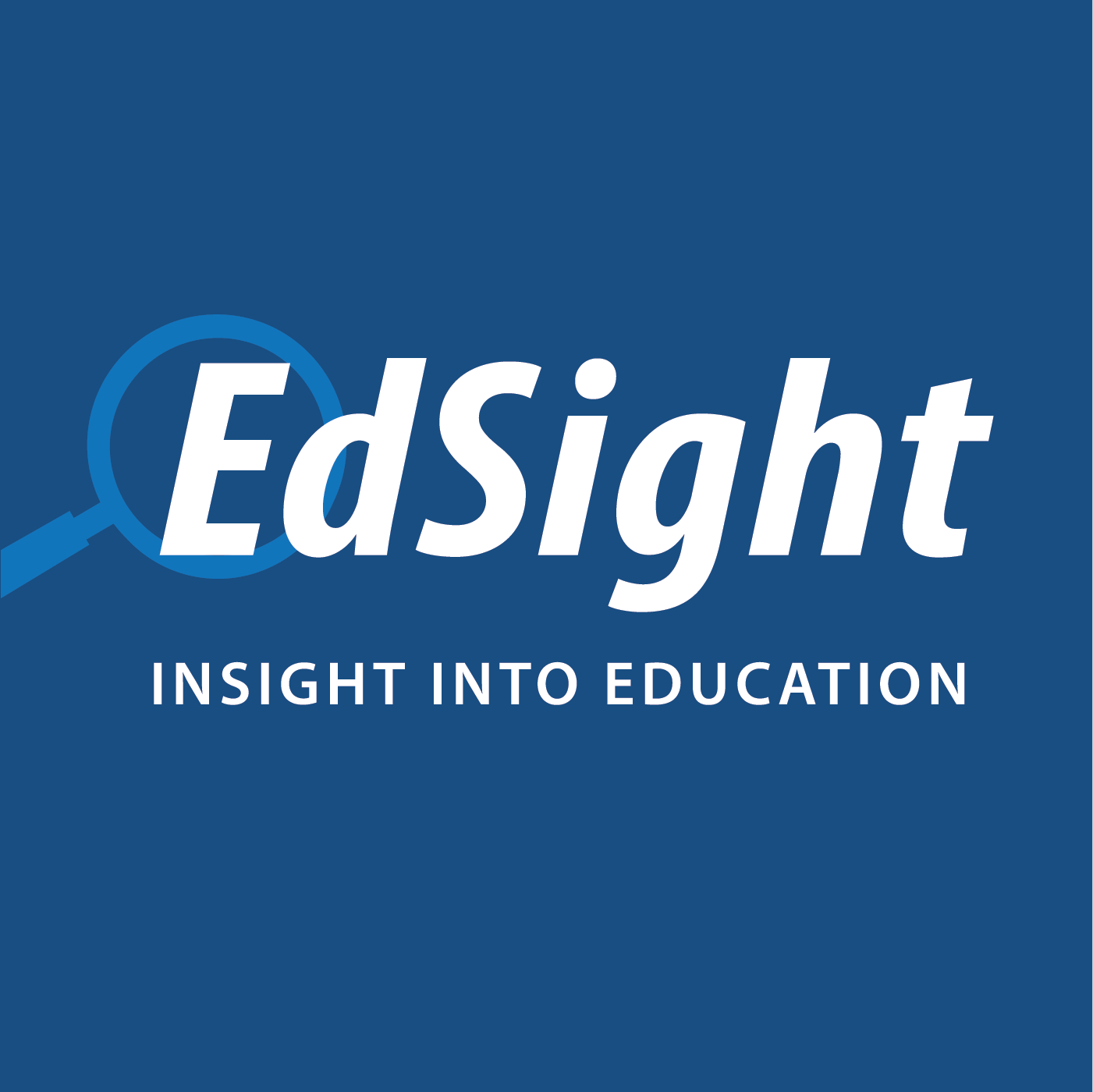
Interactive Data Portal
Data, statistics, and reports about schools, districts, and the state
Settings Menu
Page 166 of 1760
Net Current Expenditures per Pupil used for Excess Cost Grant Basic Contributions
The NCEP application provides the latest net current expenditures (NCE), average daily membership (ADM), net current expenditures per pupil (NCEP) and the Special Education Excess Cost grant basic contributions.
The Special Education Excess Cost Data Collection system is used to collect LEA Excess Cost and State Agency Placement Grant data from school districts.
Analysis of pupil data to make adjustments for a variety of things including, but not limited to, grades, schools, and duplicate entries.
Wealth Measures/State Support Percentages
AENGLC, more specifically AENGLC rank, is used in determining the state support percentages for reimbursement under adult education, school construction, pupil transportation and health services.
Scoring Criteria - Mastery-Based Learning
Mastery-Based Learning requires a means of assessment where students can view learning as a process and use problem-solving strategies to meet or exceed learning expectations. Scoring guides have been implemented into today’s classrooms to give students a better understanding of what is being assessed, what criteria grades are based upon, and what clear and compelling learning targets are addressed.
Standards vs. Competencies - Mastery-Based Learning
Standards are the responsibility of the State Board of Education. Standards are proposed by the Connecticut Department of Education and adopted by the State Board of Education. Competencies are the knowledge, skills, and/or behaviors students must master in specific content or performance areas according to the OLD Foundation.
Student Success Plan - Mastery-Based Learning
A student success plan, also called a personalized learning plan, means a plan developed on behalf of a student by the student, a representative of the school, and, if the student is a minor, the student’s parents or a legal guardian, and updated at least annually.
Student Voice and Choice - Mastery-Based Learning
In education, student voice refers to the values, opinions, beliefs, perspectives, and cultural backgrounds of individual students and groups of students in a school, and to instructional approaches and techniques that are based on student choices, interests, passions, and ambitions.
Summative Assessment - Mastery-Based Learning
The goal of summative assessment is to evaluate student learning at the end of an instructional unit by comparing it against some standard or benchmark.
Unit Design - Mastery-Based Learning
Because mastery-based learning focuses on results, the Backward Design approach to unit design fits well. In brief, the stages of the Backward Design approach are summarized below
What Are Flexible Pathways for Learning?
Personalized learning pathways empower students to pursue their passions while encouraging them to take more responsibility for their education. Students work with their teachers to blend a variety of educational experiences that satisfy graduation competencies and meet state-required standards, such as career-and-technical, college-level, and online courses, in addition to internships, apprenticeships, and volunteer opportunities that are intentionally designed to integrate with a student’s academic learning.
What is Mastery-Based Learning?
Connecticut students can learn through student-centered pathways that ensure college and career readiness.
Direct Certification for School Nutrition Programs
Direct certification is a process conducted by states and local educational agencies to certify eligible children for free meals without the need for household applications.